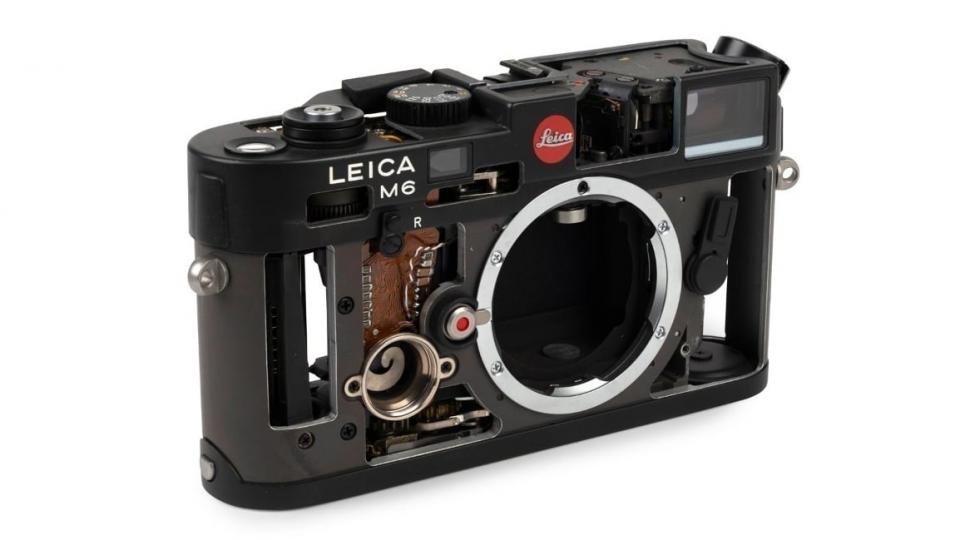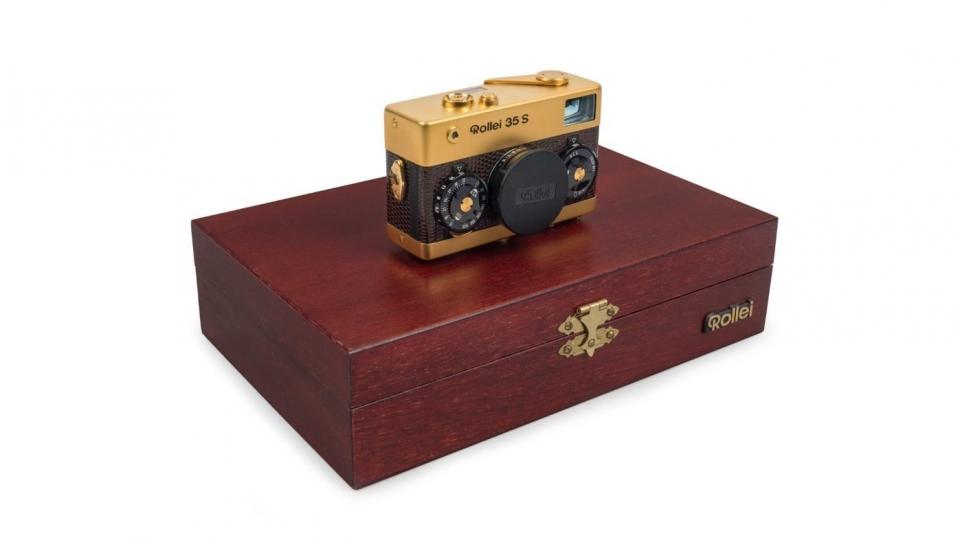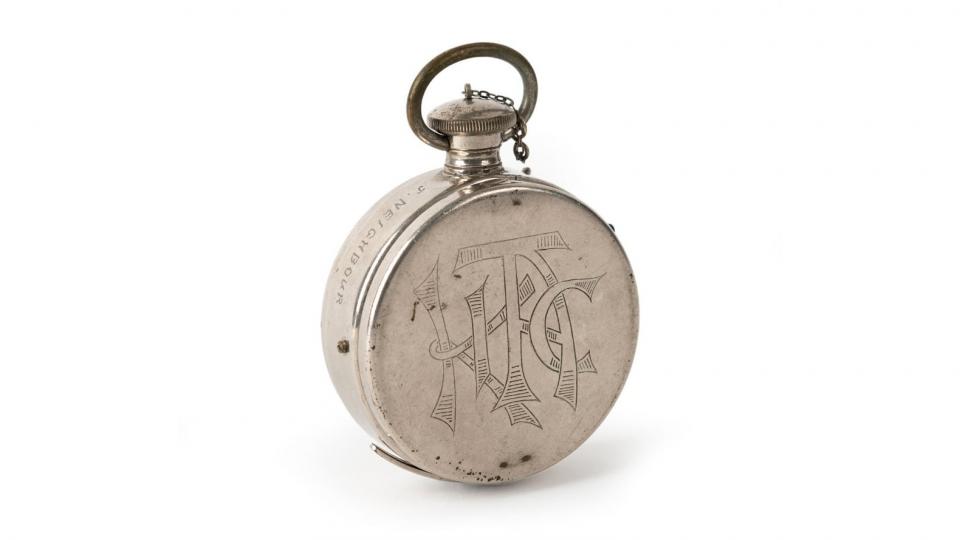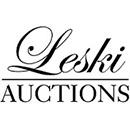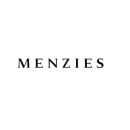Submitted by aarAdmin on Wed, 03/27/2024 - 00:00
The final part – part III – of Melbourne’s iconic Michael family camera museum was wrapped up on March 26 by Leski Auctions with all but 70 of the 651 lots (89 per cent) selling mainly within or above catalogue estimates.
Although many of the items changed hands for several hundred dollars, it was a magic moment for collectors as it marked the end of an era in Australian photographic history.
Situated on the corner Melbourne’s CBD Elizabeth and Lonsdale Streets, Michaels Cameras housed the world’s largest private camera museum containing more than 3000 items.
Only a major catastrophe could bring the museum to a close and, as COVID-19 ravaged the world from early 2020 and Melbourne was subjected to the longest lockdowns of any city on the planet, the business struggled to recover.
Most of the more expensive and rare cameras had already been auctioned at two previous sales, but there were still plenty of historic items for collectors to chase.
Two Canon cameras featured prominently among the results – one a circa 1937 Hansa rangefinder (lot 82) sold for $6500 and the other, a circa 1941 NS rangefinder (lot 83) for $3000.
A circa 1988 black Leica M6 camera body (lot 278) brought $3200, while a circa 1967 Franke & Heidecke Type 4 Rolleiflex (lot 156) sold for $1700 and a 1979 Rollei 35S 35mm gold plated compact (lot 157), released for the company’s 60th anniversary, changed hands for $1600.
A circa 1936 Plasmat Model II Roland rangefinder (lot 495) fetched $1200 and an Olympus G. Zuiko Auto-T 60mmm lens $950, the same result as that for a 1957 Asahi Kogaku Pentax (lot 21).
Not far behind was a circa 1987 Canon EOS 650 (lot 95) on $900. Intriguing was the circa 1905 Houghton Ticka pocket watch-style camera (lot 188) which at $700 sold for almost twice its catalogue estimate – while two circa 1967 Mick-A-Matic novelty fixed focus cameras brought $320.
Another interesting result was extremely rare tiny Stanhope microphotographic viewer in the shape of a Leitz camera (lot 319) pinned as souvenirs to the lapels of visitors to the Leitz exhibit at the first camera Photokina trade fair, held in 1950 in Cologne. The viewer sold for $320 against its $100-$200 catalogue estimate.
Michaels Cameras was a Melbourne fixture for many years, beginning life in 1916 as a pawnbroker and gunsmith shop under the auspices of Emanuel Michael before evolving into a chemist that also sold photographic equipment courtesy of subsequent generations.
By the late 1970s, Michaels was taking unusual and interesting cameras as trade-ins for newer and more sophisticated equipment and it was then that Emanuel’s grandson Alan and great-grandson Tony decided to actively conserve, display and expand the evolving collection of photographic history in a more formal museum setting.


